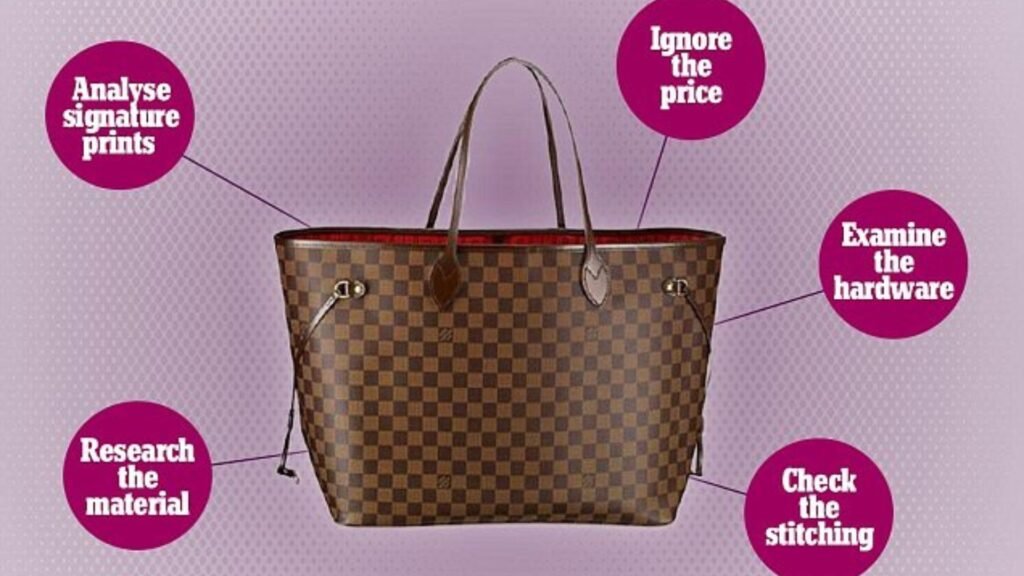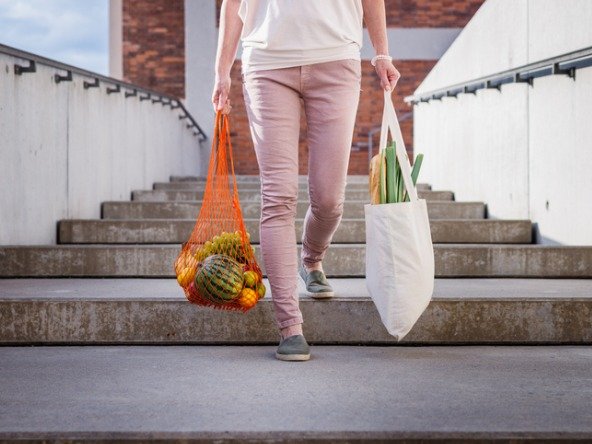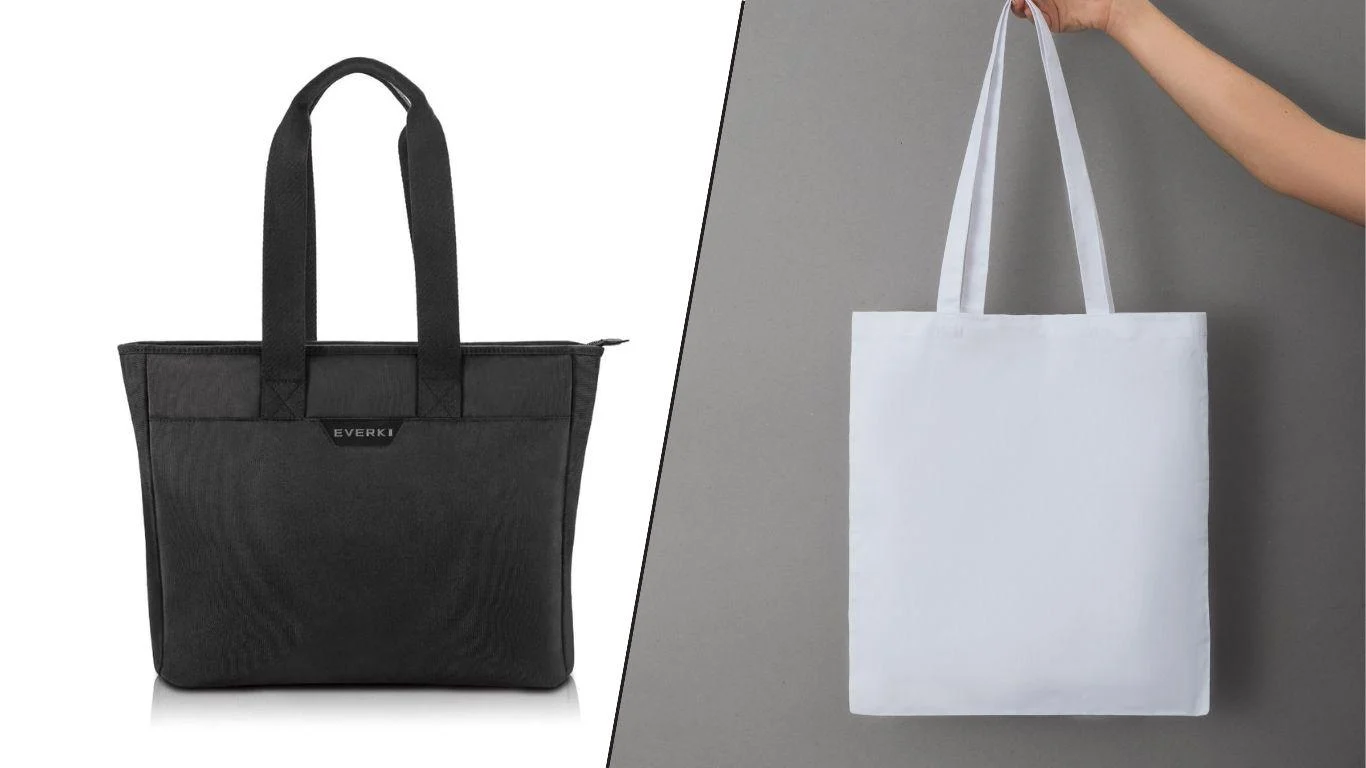Designer bags are a symbol of luxury and status, but the market is flooded with counterfeits. Knowing how to identify a fake designer bag can save you from wasting money and disappointment. Here are key tips to help you spot a counterfeit bag.

Examine the Stitching
Authentic designer bags are crafted with precision, and the stitching is a telltale sign of quality. Check for even, straight, and tightly sewn stitches. If the stitching is sloppy, loose, or uneven, it’s likely a fake. Luxury brands ensure their products are free of such imperfections.
Check the Materials
Designer bags are made from high-quality materials like premium leather, suede, or canvas. If the bag feels too light, plastic-like, or has a strong chemical odor, it’s probably a counterfeit. Genuine leather has a distinct smell and texture, while fakes often use synthetic materials that don’t age well.
Inspect the Logo and Branding
Counterfeiters often get the logo wrong. Compare the logo, brand name, and any embossing or hardware on the bag to the brand’s official site or product images. Look for misspelled words, incorrect font sizes, or logos that appear off-center. Authentic designer bags have perfectly placed branding.
Look at the Hardware
The hardware on a genuine designer bag—such as zippers, clasps, and buckles—is made from high-quality metals. They should feel heavy and sturdy. Fakes may use lightweight or cheap materials. Branded hardware like zipper pulls or studs should also bear the brand’s logo, and this should be clear and sharp, not faded or smudged.
Check the Serial Number or Date Code
Many designer bags come with a serial number, date code, or hologram sticker for authenticity. Check this against the brand’s official guidelines to ensure it matches the format and placement used by the designer. Counterfeit bags might have fake or missing serial numbers or numbers that don’t match the bag’s model.
Examine the Lining and Interior
The inside of a designer bag should reflect the same high quality as the exterior. Authentic bags often use luxurious fabrics like suede, leather, or branded textiles. Fakes may use cheaper, poorly sewn linings. The brand name or logo should also appear on the lining or interior label, with no misspellings.
Packaging and Authenticity Cards
Authentic designer bags usually come with packaging that reflects the luxury of the product, such as dust bags, branded boxes, and authenticity cards. If the packaging feels cheap or is missing key elements like care instructions, authenticity cards, or branded tissue paper, it’s likely a fake.
Price That’s Too Good to Be True
If the price of the designer bag seems too good to be true, it probably is. Genuine luxury bags rarely go on deep discounts, especially if they are current-season items. Be cautious of offers from unfamiliar websites, online marketplaces, or street vendors selling luxury items at unusually low prices.
Conclusion
Spotting a fake designer bag requires careful attention to detail. By examining the stitching, materials, branding, and packaging, you can avoid falling for a counterfeit. Always purchase from reputable retailers or directly from the brand to ensure you’re getting the real deal.




